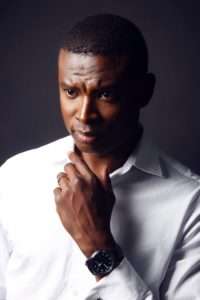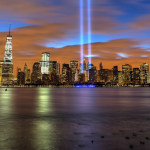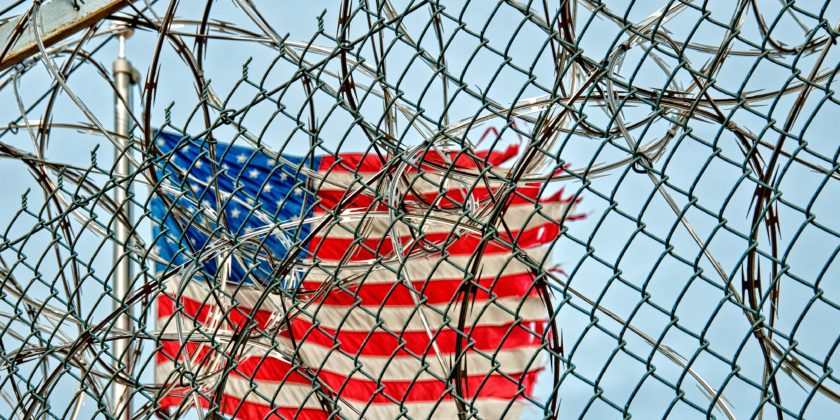“Where you stand depends on where you sit.”
This quote by Nelson Mandela highlights the different views of America by Black and White Americans. The Star Spangled Banner says that America is the land of the free and the home of the brave. People of color would likely disagree with this statement.
The Irish Times Newspaper states that there are around 50,000 undocumented Irish in the US2. You wouldn’t know this fact because President Trump is always focusing on people of color3 in his rants on minority immigrants.
Why can’t a Person of Color live the American Dream?

Contrary to what some have suggested, white millennial Trump voters were not in more economically precarious situations than non-Trump voters4. Fully 86 percent of them reported being employed, a rate similar to non-Trump voters, and they were 14 percent less likely to be low income than white voters who did not support Trump. Employment and income were not significantly related to that sense of white vulnerability.
So what was? Racial resentment.
Even when controlling for partisanship, ideology, region and a host of other factors, white millennials fit Michael Tesler’s analysis, explored here5. As he put it, economic anxiety isn’t driving racial resentment; rather, racial resentment is driving economic anxiety. We found as he has in a larger population, that racial resentment is the biggest predictor of white vulnerability among white millennials. Economic variables like education, income, and employment made a negligible difference.
Rosa Parks said, “As far back as I can remember, I knew there was something wrong with our way of life when people could be mistreated because of the color of their skin.” Jay Harold felt the kindness and love of all Americans for only one day in his life. The following is a summarization of that day.
The One Day I Felt like an American
The one day I knew what it was like to be an American was a cold, overcast night in Minneapolis, Minnesota. I had moved from Houston, Texas less than a year before and was feeling the effects of climate change on a brother. I had reacted the way black men do; we survive the initial onslaught and figure out a way to live. That night I was working overnight doing my retail pharmacy thing, filling my patients’ prescriptions and talking to them about their health.
Americans are Very Similar
“Americans are very similar,” was my conclusion after talking to patients for over ten years. The same hopes, fears, and desires cut across all racial and economic lines.
One thing I did notice was that different medications were written for the same medical condition in Houston versus Minneapolis. The differences were slight, though, and reinforced my idea of how tightly bound together Americans are.
After finishing my shift that night, I wrapped myself in my Eskimo coat. The coat completely encased me in fur and warmth to the point that people could not tell I was Black. I had taken a part-time job as a relief pharmacist north of Minneapolis and, upon arriving for the first time, went to the back of the store to open the pharmacy. When I took off my Eskimo coat, the staff looked surprised. “You’re Black!” I said, “Is that a Problem?”
“Is that a Problem?”
It wasn’t. Patients just want and need help managing their health. It’s the same help they needed and
received in Houston.
When I arrived home after that shift, 9-11 was happening, and I was stunned like everyone else. It was unbelievable.
The next night I tried to calm the fears of my patients. When I was asked if fellow Americans did this, I replied, “People underestimate how well we get along.” The fellowship, kindness, and togetherness in that time of worry were unknown to me. I hope to have those feelings again, and hopefully, it lasts more than a day.
Judging the distance between American reality and dream
(The 400-year racial dispute continues)
The Hill Newspaper wrote the following article about the current racial relations in America6:
The Irish riots in 1863 in New York started almost a century of white-v.-black riots, with black towns, wiped out by white rioters in Oklahoma and Florida, for example, and thousands of black men hung from trees like Christmas ornaments.
Blacks didn’t react in kind until the 1943 black riots in Detroit started black warfare in Watts, Los Angeles, Newark and elsewhere, eventually leading to race riots on U.S. Navy ships during the Vietnam War.
We should always believe in Hope!
Dr. Martin Lutcher King, Jr. said this during his famous “I Have a Dream,” Speech6:
“We must forever conduct our struggle on the high plane
of dignity and discipline. We must not allow our creative
protests to degenerate into physical violence. Again
and again, we must rise to the majestic heights of meeting
physical force with soul force. the marvelous new militancy
which has engulfed the Negro community must not
lead us to distrust all white people, for many of our white
brothers, as evidenced by their presence here today, have
come to realize that their destiny is tied up with our
destiny.”
Enjoyed this post? Share it and read more here. Jay Harold has put together a Resource page that you may find useful when trying to improve your health and wealth. Please take this advice from Muhammad Ali and give back to others. “Service to others is the rent you pay for your room here on earth.”
Jay Harold
Bibliography
- https://www.loc.gov/item/today-in-history/july-04/
- https://www.irishtimes.com/life-and-style/abroad/america-is-home-to-many-brave-people-but-it-s-no-longer-the-land-of-the-free-1.3369612
- https://www.nytimes.com/interactive/2018/01/15/opinion/leonhardt-trump-racist.html
- https://www.vox.com/identities/2017/12/15/16781222/trump-racism-economic-anxiety-study
- https://www.washingtonpost.com/news/monkey-cage/wp/2016/08/22/economic-anxiety-isnt-driving-racial-resentment-racial-resentment-is-driving-economic-anxiety/?utm_term=.4232f164674e
- http://thehill.com/opinion/civil-rights/368696-president-donald-j-trump-and-racial-america




